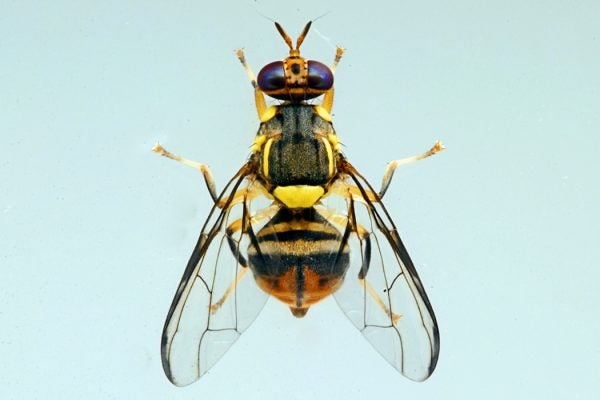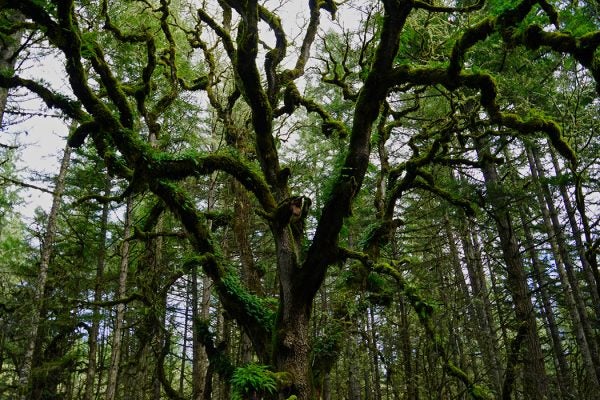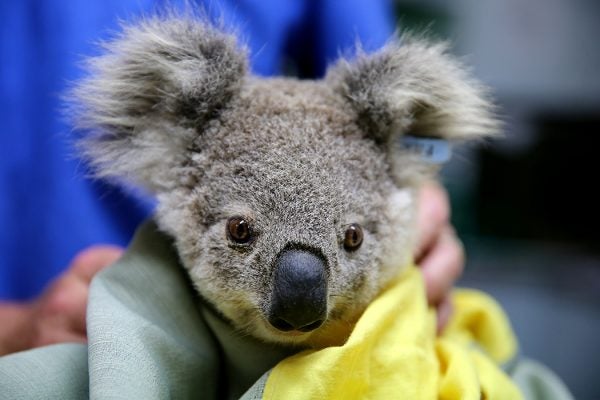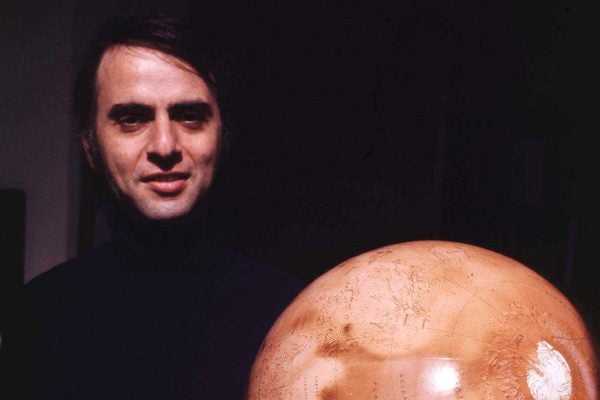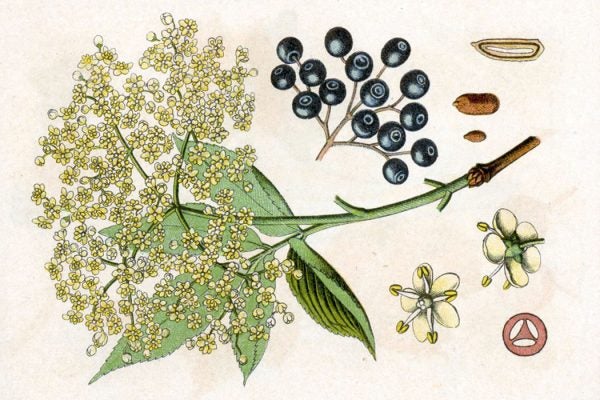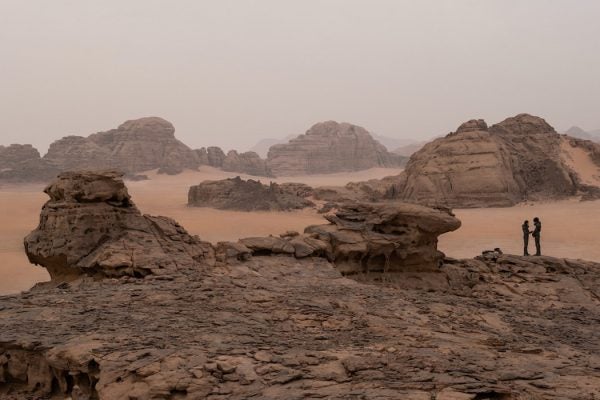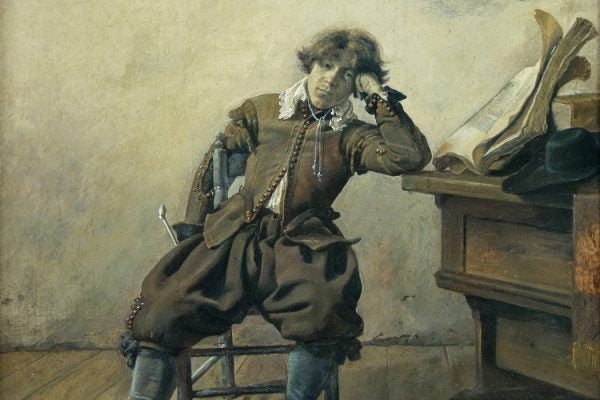The True Costs of Invasive Species
The time between species arrival and the onset of management is critical to determining the ultimate cost of an invasive species.
What is Old Growth, and Why It Matters
Old growth forests are often famed for their beauty, cultural and historical significance. But there's more to old growth than just the age of the trees.
Ecological Surprises From Fires Down Under
The recent Australian 2019-2020 bushfires were devastating for people and fauna. Long term, they may not hurt wildlife and ecosystems as much as expected.
Why the History of Science Should Matter to Scientists
Two historians consider the field of taxonomy to ask what history can provide science at the bench level.
Should We Go to Mars? Carl Sagan Had Thoughts
It'd be "a step more significant than the colonization of land by our amphibian ancestors some 500 million years ago." But Sagan had reservations.
Plant of the Month: Elderberry
The recent entrance of elderberry into mainstream success is marked by an increasing popular desire to engage with traditional, “natural” remedies.
The Ecological Prescience of Dune
Frank Herbert’s novel isn't just about space messiahs, giant sandworms, and trippy space drugs. At its core, the sci-fi epic is about ecology.
E. O. Wilson and Biodiversity
Everyone talks about biodiversity these days, but an entomologist just might be its fiercest advocate.
